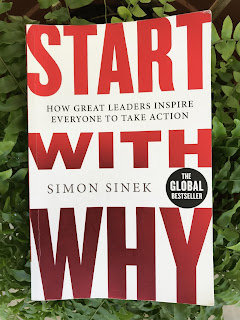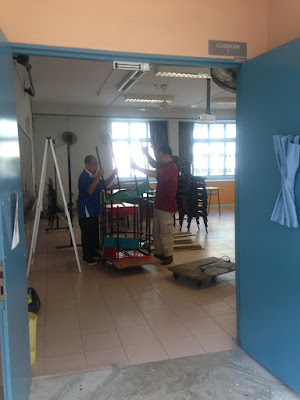Last year, we had the middle-grade Art Club students doing stop motion videos. They could decide their own theme and develop their own storyboards. Their parents were given the links so that they could enjoy viewing the work. You can click here to view.
The students were regrouped this year so that their groups consists of at least one Primary 5 and 6 student each. The aim is for cross-level collaboration and learning. They can learn to create stop motion video and ceramics from each other this year.
 |
| P4 students in 2018 |
 |
| P4 students in 2018 |
The students were given a theme this year and they contributed words associated with Citizenship. Besides that, they selected and justified the picture cards that were also linked to the theme. The students also watched a series of CCE video about Citizenship on OPAL.
The cards act as conversation starters for students to delve further into group discussion. They were tasked to map out their storyboards following the theme.
1.
|
UNESCO MGIEP’s Policy Brief on Rethinking Schooling which looks at how ideals of SDG 4.7 are embodied in policies and curricula across 22 Asian countries. This policy brief is based on UNESCO MGIEP’s Publication called “Rethinking Schooling for 21st century: The State of Education for Peace, Sustainable Development and Global Citizenship in Asia”
|
2.
|
UNESCO MGIEP’s bi-annual publication called “The Blue Dot” – its sixth edition titled “Rewiring the Brain to be Future Ready” focussing how 21st century skills such as empathy, compassion, mindfulness and critical inquiry can be integrated in education systems towards developing peaceful and sustainable societies
|
3.
|
UNESCO MGIEP’s Working Paper called “Can Education Promote Peace” authored by Prof. Krishna Kumar, Former Director National Council of Educational Research and Training
|
4.
|
Social, Emotional and Ethical Learning (SEE)Framework from Emory University which explains the linkages between SDG 4.7 and socio-emotional learning
|
5.
|
The United Nations Population Fund Report State of World Population 2016 and State of World Population of 2014 titled “The Power of 1.8 Billion”
|
6.
|
List of resources for International Mother Language Day
|
7.
|
Youth Solutions Report 2018 from Sustainable Development Solutions Network (SDSN)
|



















